Have you ever wondered why do many Asians Use the V or Peace Sign in Photographs? I have.
Take a photograph of someone from Asia, or better still a group of people, and even better still in front of a popular tourist attraction, and they will inevitably put the two fingers up in the V-for-Victory sign or peace sign.
I always wondered why many Asians use the V sign in Photographs, so I thought I would ask some Japanese people, and also do some research to answer this crazy and endemic phenomenon.
I say ..it may have .. because it is so ingrained in popular culture, that many people do not remember the origin of the V or Peace Sign in Photographs. However, it almost certainly started in Japan, and has spread throughout other Asian countries, and indeed the world.
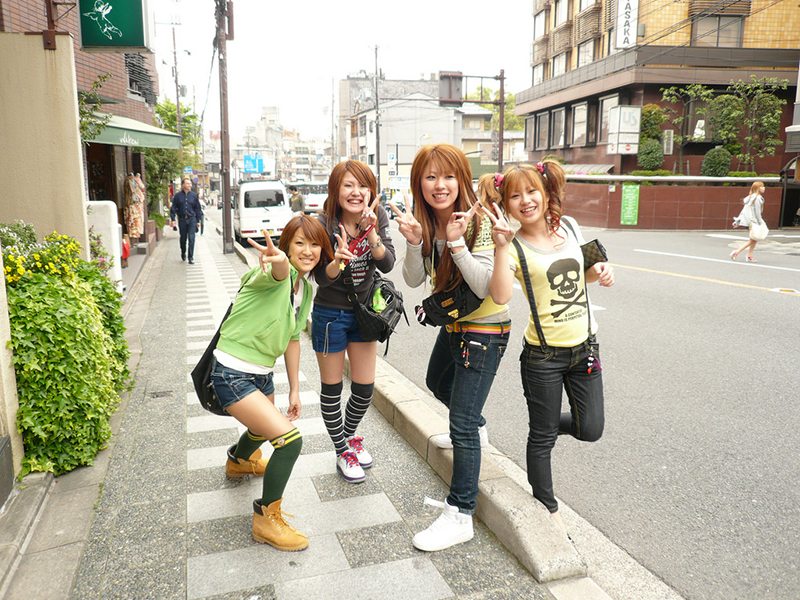
It may have started with an Olympic skater
Contents
One school of thought says it began with an American figure skater, and anti-war activist named Janet Lynn. She was the hot favorite in the 1972 Sapporo, Japan Winter Olympics to win gold. However, she fell during her performance ending her dreams. Obviously shattered, she however smiled and flashed the V for Victory sign. This endeared her to the Japanese people, and her subsequent appearances in the media had her flashing the V-for-Victory sign or peace sign.
Lynn becomes an overnight celebrity for her stoicism, a trait the Japanese admire, that in subsequent media trips around the country following the Olympics, she posed with the V-sign. Many believe that is why many Asians use the V sign in photographs? That it became a symbol of the strength of character, and looked cute, which again aligns with Japanese kawa’ii – the love of all things cute. If you want to learn more about this obsession with cute, read here
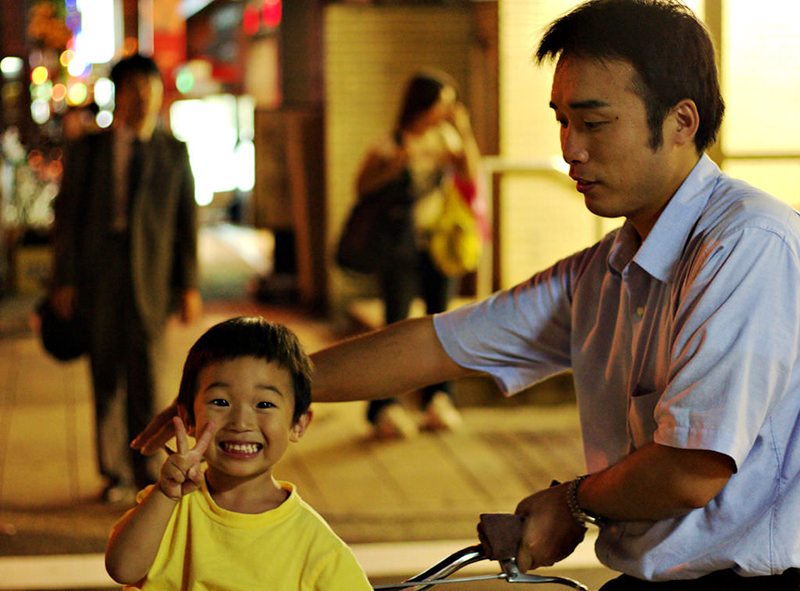
Throughout History
This is contentious as to whether it was the one finger or a two finger salute .. but according to The BS Historian
This salute dates back to the English Longbowman who fought the French cheap cialis uk next day delivery during the Hundred Years War (1337 – 1453). The French hated the English archers who used the Longbow with such devastating effect. Any English archers who were caught by the French had their Index and middle fingers chopped off from their right hand- a terrible penalty for an archer. This led to the practice of the English archers, especially in siege situations, taunting their French enemy with their continued presence by raising their two fingers in the ‘Two-Fingered Salute’ meaning “You haven’t cut off my fingers !”
Of course, this V-for-Victory sign or peace sign was immortalized by Winston Churchill who used it as a symbol of defiance in WW2 and The V for Victory was widely employed by the anti-war movement in the 1960s to represent peace, including by famous, global personalities such as John Lennon and Yoko Ono. President Richard Nixon used it to declare Victory in the Vietnam War.
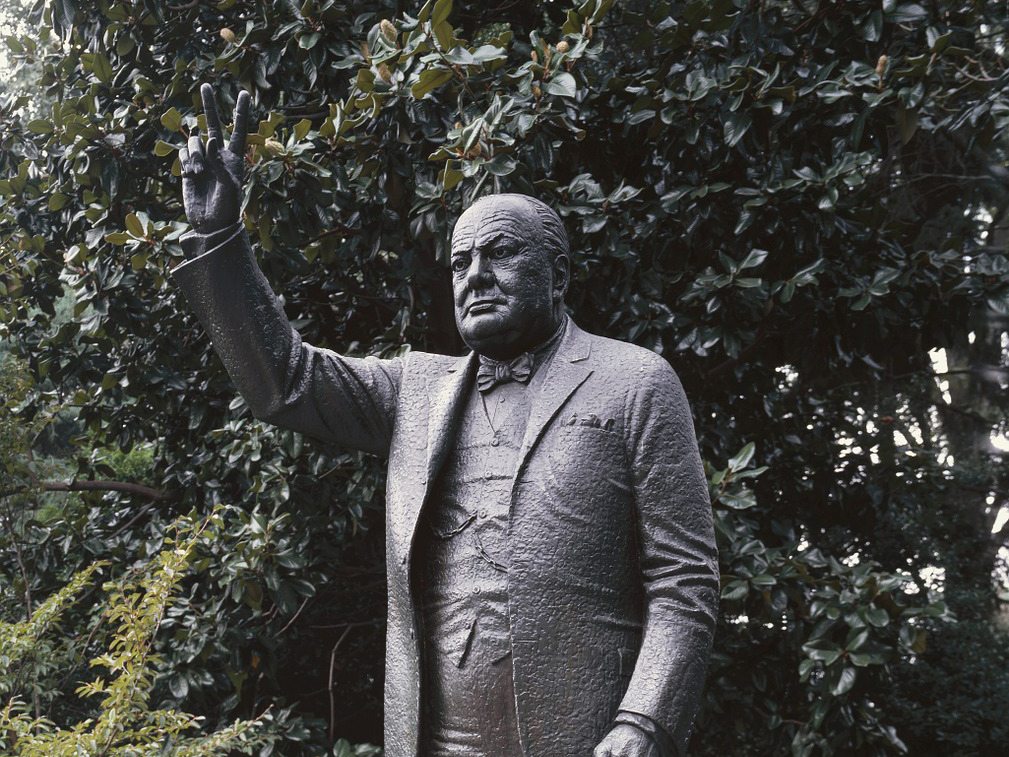
It may have started with a famous singer
Jun Inoue was a very popular singer with the popular band the Spiders in Japan. Inoue was also the celebrity spokesperson for Konica cameras and is said to have used the V-sign during the filming of a Konica commercials in 1972. These commercials all featured people making the V sign.
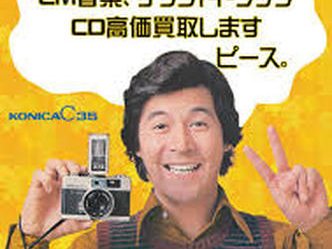
V for Victory in Popular Culture
The V-sign was used in the 1968 baseball comic Kyojin no Hoshi (Star of the Giants), and manga Sain wa V! (V Is the Sign) which was adapted into a television series with the chant “V-I-C-T-O-R-Y!”
Other theories: Why Do Many Asians Use the V or Peace Sign in Photographs
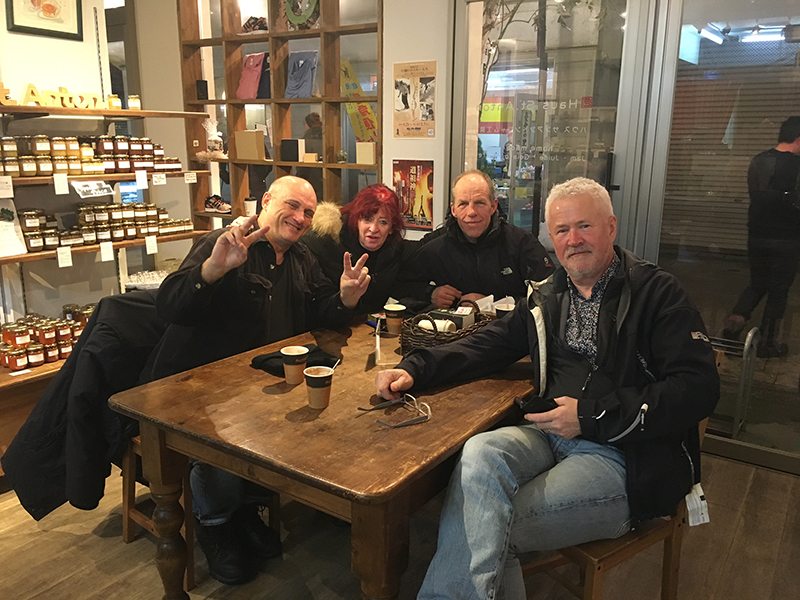
V does not stand for victory at all, but is a “Y” as in “Yeah!” Nowadays, most Japanese people don’t recognize the peace sign as meaning ‘peace’, but recognize it more like ‘say cheese’. It also seems as if some Aussies feel the need to do it when they visit Asia.
To read more about some of the other traits particular to Japan, read here

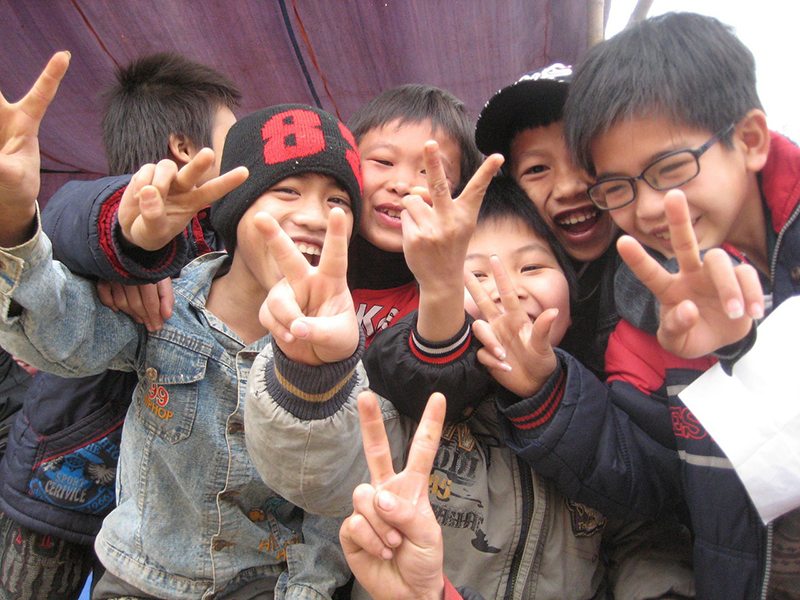

International Japanese students I’ve met in Canada usually always do this V sign when posing for pics. When asked, they rarely can explain why. So, my conclusion is that a lot of people do it because it’s the popular thing to do/a habit.
It’s their thing, none of my business but it’s a bit disappointing because it’s just another case of people doing things without thinking about why they do things.
Kinda like cultural superstitions. e.g., Lady says, “I can’t accept a knife (or anything sharp) as a gift because it’s bad”. Why is it bad? “I don’t know. It’s just bad.”
The not accepting / giving anything sharp is said to be symbolic of severing ties in a relationship, be it business or personal. No idea how old this tradition is, but should you be buying a gift for someone Japanese it’s not straight forward!
Just one thing to add, the story (or myth) of the English and the longbow is the reason it is reversed and has a totally different meaning in the UK! http://slate.me/2uJp3fO
I did read this also. Thanks Dad.
I always pose in front of camera with V sign but actually I just know it thanks to your article.
That’s hilarious. I did it the other day ..once.
We have many, many photos of us flashing the “V” sign as well, since we lived in Japan for three years…got in the habit, I guess.
Guess so; I even did it one photo.
I always thought it was a bit strange, given that I associate the V for victory with Churchill in England, rather than in Japan. Out of all your theories, I like the one about Janet Lynn the best – because she has an awesome name of course!!!!
LOL, i like that story the best.
So funny Paula!
I assumed that it was just a trend, as the Japanese are very “in” with that type of stuff, and yes. It’s cute! I even do it myself lol!
My personal understanding was that of Winston Churchill and I associate it with “we’re all in it together” type of thing, strength, and peace. Mind you, in the UK, the other way around isn’t so friendly, it means the F word!
I nearly added about the different ways to hold your hands in the V, and what the meaning can be.
We hosted a Japanese student a few years back and her whole class would do the V sign but also say “Tarabagani” like we would say”cheese”. I asked their chaperone and they had the idea that tarabagani was a red king crab and making the V with their hands was like crab claws.
It made sense in a weird kind of way at the time Paula.
How crazy is that. Love it.
I have wondered this question. I guess it’s hard to say which origin of the “V” led to it’s use in tourist photos.
it is as confusing to the Japanese, but the research I did and what some locals told me is what I presented
Very informative and fun article. Great photos. Travel Happy!
Thanks Charles.